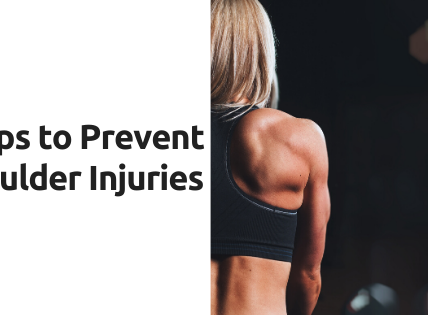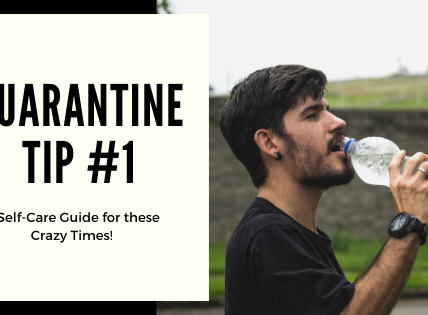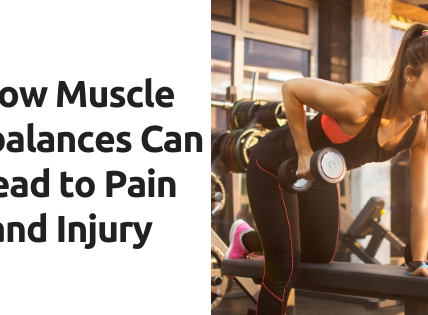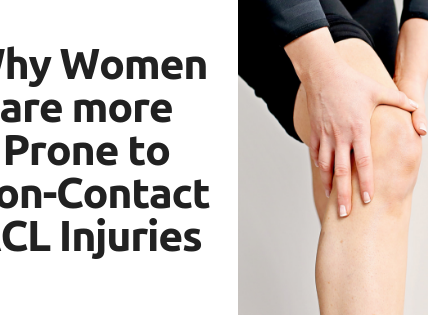As an Amazon Associate, I earn from qualifying purchases.
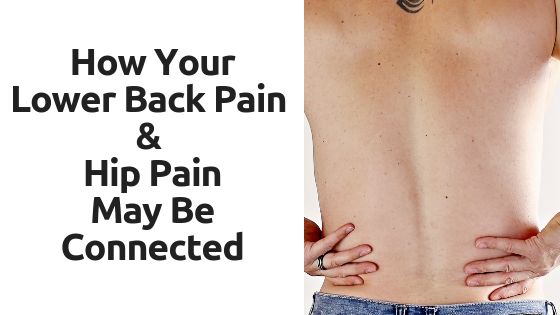
The body is intricately designed with nerve endings and connective tissues that intertwine to form a beautiful structure capable of everything from minute movements, to birthing a child, to surviving in some of the harshest conditions on earth. But with these capabilities comes vulnerability, so it’s no surprise that we experience pain from time to time at the very least. What you may not realize is that sometimes the pain you feel isn’t necessarily caused by something in the area you feel it. For example, when you have an injury to your hips or pelvis, it can often cause back pain. Due to the proximity of the complex joints of the pelvis to your spine, your body can also interpret your hip/pelvis problem as back pain and your back problem as hip/pelvic pain.
The lumbar region of the spine (lower back) houses all of the nerves that supply feeling and motor control to the entire lower body; from the low back itself to the hips, knees, and down to the tips of your toes. While this area can sustain a lot of abuse, due to the immense amount of movement it is capable of and the stress that our daily lives can put on it, it is also the most susceptible to injury. Here’s a few reasons you may have this hip/back pain connection.
The Myth of “Good” Posture(Opens in a new browser tab)
A pinched nerve root at the lumbar spine due to a bulging or herniated disc may result in significant sharp pain along a nerve like the sciatic nerve which runs from the middle of the low back all the way down the back and side of the leg to the foot. Sometimes this pain stops at the buttock and at other times it may shoot all the way down to the toes.
Sciatica: What it is & How can Massage Help?(Opens in a new browser tab)
Your posture may also have an effect. This isn’t to say that you need to immediately “fix” your posture as that may not be necessary. What I’m referencing is more so when you begin to exhibit an abnormal-to-you posture, like suddenly sitting all day when you’re used to walking, or crossing your legs a lot when you haven’t before. These seemingly subtle changes may actually result in some significant shifts in the joints of the pelvis and spine, causing pain. If you haven’t had a major shift in how you sit, stand, or walk throughout your day, it may be that your posture has changed due to your pain rather than the other way around. The new posture you’ve adapted may be your body’s way of compensating for an injury or otherwise protecting itself from further damage.
While there is much to this connection between the low back and hips, far more than I can include in this single post, just know that there is an intricate balance between the many structures of this area. Depending on the real problem, you may need massage, exercise, rest, stretching, or it may be best to see your physician. To help you determine what’s really going on and how to move forward, make an appointment and let’s figure it out together so you can get back to doing what you enjoy.
Are you ready to book a massage? Click here to book! or give us a call at 325.646.4272

